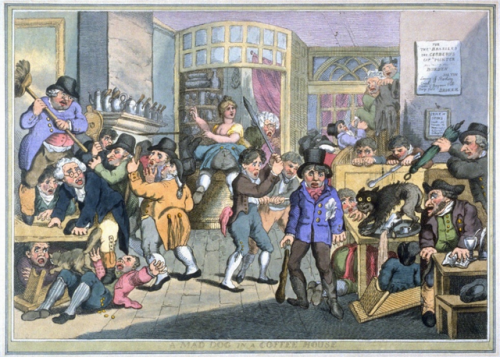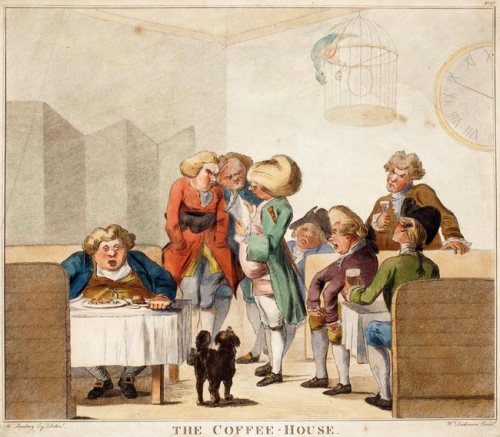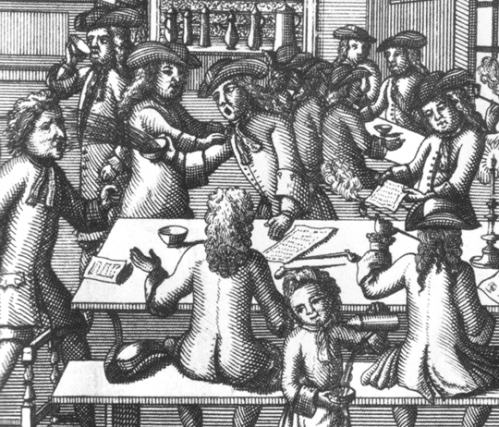In these days of Brexit and Trump, I have decided that it is my duty to hand out stirring advice. In fact, I’ve nominated myself as the cheerer upper of the people. It’s a role that I relish and in these coming days, I hope to erase your feelings of discontent once and for all. So without any further waffle let’s get stuck into cheering ourselves up.

However bad you may feel, be glad that you were not alive in Tudor England when there were three main illnesses which could easily kill you. In those days, influenza was a serious killer. In fact, it travelled through the army so quickly that the generals had to call off an attempt to recapture Calais in 1557 – 1558. No flu vaccinations there then.
Carried on a flea
Another option was the plague and to be fair, with the plague there was a choice: Bubonic or pneumonic. This was caused by a type of bacteria which was carried on a flea on a rat. There was no cure for it during the Tudor reign and outbreaks occurred from time to time. In 1603, 38,000 people died in London and the plague doctors were little more than useless. Henry VIII had the best way of dealing with the plague – he got out of London as quickly as he could. It also broke out again in 1665.

If the plague or the flu didn’t get you, you still couldn’t relax because the sweating sickness might not be far behind. This broke out in England in 1485, 1517 and 1551. Talk about living for the moment, you really needed to when this illness was about. You could be singing a ditty, having a tumble in the hay and knocking back the mead at lunchtime but be dead before you got your supper; that was how quickly it struck folks down. Although saying that, it did not always kill. It is now believed that it was a type of flu and was named Sudor Anglicus because for some strange reason only the English caught it.

If you did get ill, you had a choice of who to turn to. You could go to the apothecary who handled drugs and herbs. Much of what they handed out was experimental so it was a bit of a risk seeing them. However, if you visited a barber-surgeon you would get an amputation. Perhaps, a physician might be a better choice because they would just stick leeches on you to suck your blood.
Well, that concludes my cheering up session for today. I hope it stirred you.







